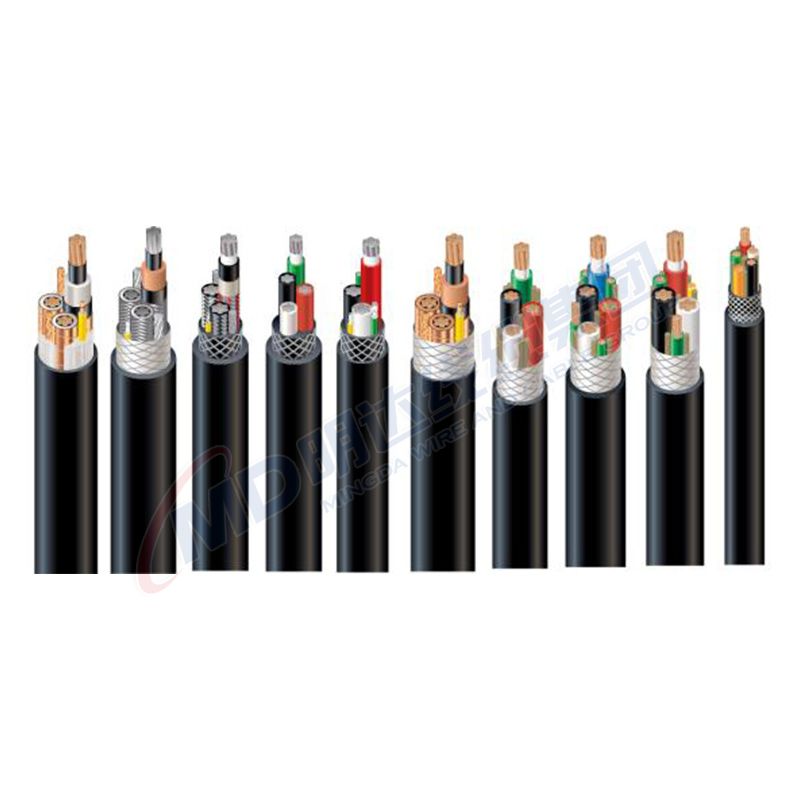Nov . 30, 2024 09:33 Back to list
Casting Techniques for Efficient Ball Valve Manufacturing and Performance Optimization
Understanding Casting Ball Valves Functionality and Applications
Ball valves are essential components in various industrial applications, designed to control the flow of liquids and gases within a system. Among the different types of ball valves, the casting ball valve is particularly notable for its robust construction and reliability. In this article, we will explore the features, applications, and advantages of casting ball valves.
What is a Casting Ball Valve?
A casting ball valve is a type of valve that uses a spherical ball to control the flow of fluid. The ball has a hole through its center, allowing fluid to pass when the valve is open. When the valve is closed, the ball rotates to block the flow. The construction of casting ball valves involves a casting process, where molten metal is poured into a mold to form the valve body. This method results in a valve that is both strong and durable, able to withstand high-pressure conditions.
Features of Casting Ball Valves
1. Durability The casting process provides a solid structure that resists wear and tear over time. Casting ball valves are made from various materials, including stainless steel, carbon steel, and brass, allowing them to withstand harsh environments.
2. Ease of Operation These valves offer a quarter-turn operation, making them easy to open and close quickly. This feature is crucial in systems where rapid flow control is necessary.
3. Low Pressure Drop When fully open, a casting ball valve allows for minimal turbulence and resistance in the flow path, resulting in a low-pressure drop across the valve. This characteristic enhances system efficiency.
4. Tight Sealing When closed, casting ball valves provide a tight seal, preventing leaks. The design minimizes the risk of fluid escaping and ensures system integrity.
casting ball valve

Applications of Casting Ball Valves
1. Oil and Gas Industry Casting ball valves play a crucial role in the oil and gas sector, particularly in upstream and midstream operations. They are used for shut-off applications, flow regulation, and emergency shutdown systems.
2. Water Treatment In water treatment facilities, these valves control the flow of water and chemicals, ensuring efficient operation and compliance with safety standards.
3. Chemical Processing The chemical industry often utilizes casting ball valves due to their ability to handle aggressive chemicals without significant degradation.
4. HVAC Systems In heating, ventilation, and air conditioning systems, casting ball valves help regulate water and refrigerant flow, contributing to energy efficiency and temperature control.
5. Food and Beverage In sanitary applications, casting ball valves made from stainless steel are used to handle fluids in the food and beverage industry, ensuring hygiene and safety.
Advantages of Using Casting Ball Valves
The advantages of casting ball valves are numerous. Their robust construction results in longevity and reliability, reducing the need for frequent replacements. Furthermore, their ability to function effectively under high pressures and varying temperatures makes them versatile for many applications. The ease of operation and low maintenance requirements also contribute to their popularity among engineers and operators.
In conclusion, casting ball valves are vital components in numerous industries, providing effective flow control with durability and reliability. Their unique features and versatility make them a preferred choice for many applications. As technology advances, improvements in casting techniques and materials will only enhance the performance and efficiency of these essential devices. Understanding the functionalities and applications of casting ball valves can help stakeholders make informed decisions for their fluid control systems.
Share
-
Reliable Wafer Type Butterfly Valves for Every IndustryNewsJul.25,2025
-
Reliable Flow Control Begins with the Right Ball Check ValveNewsJul.25,2025
-
Precision Flow Control Starts with Quality ValvesNewsJul.25,2025
-
Industrial Flow Control ReliabilityNewsJul.25,2025
-
Engineered for Efficiency Gate Valves That Power Industrial PerformanceNewsJul.25,2025
-
Empowering Infrastructure Through Quality ManufacturingNewsJul.25,2025